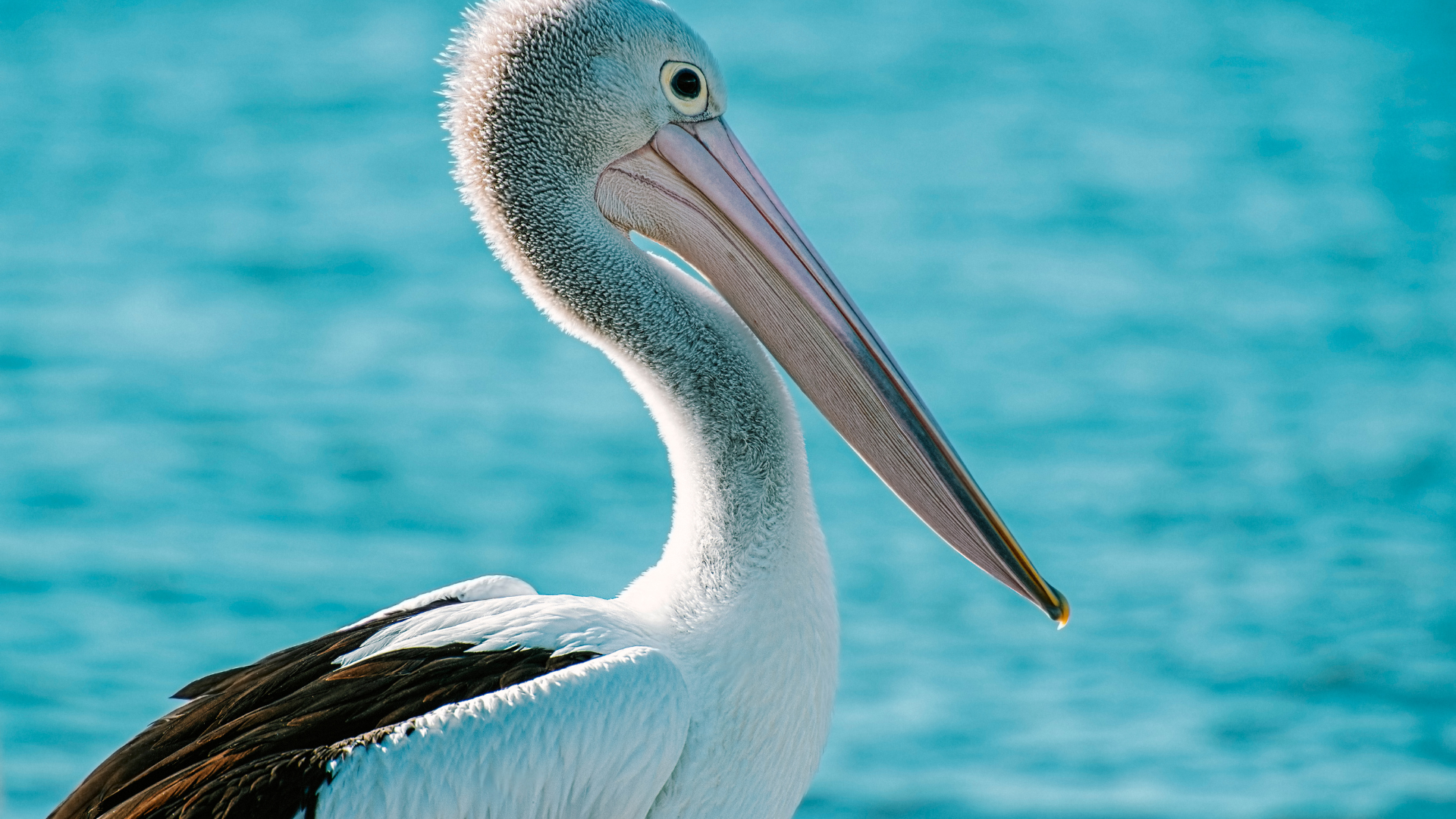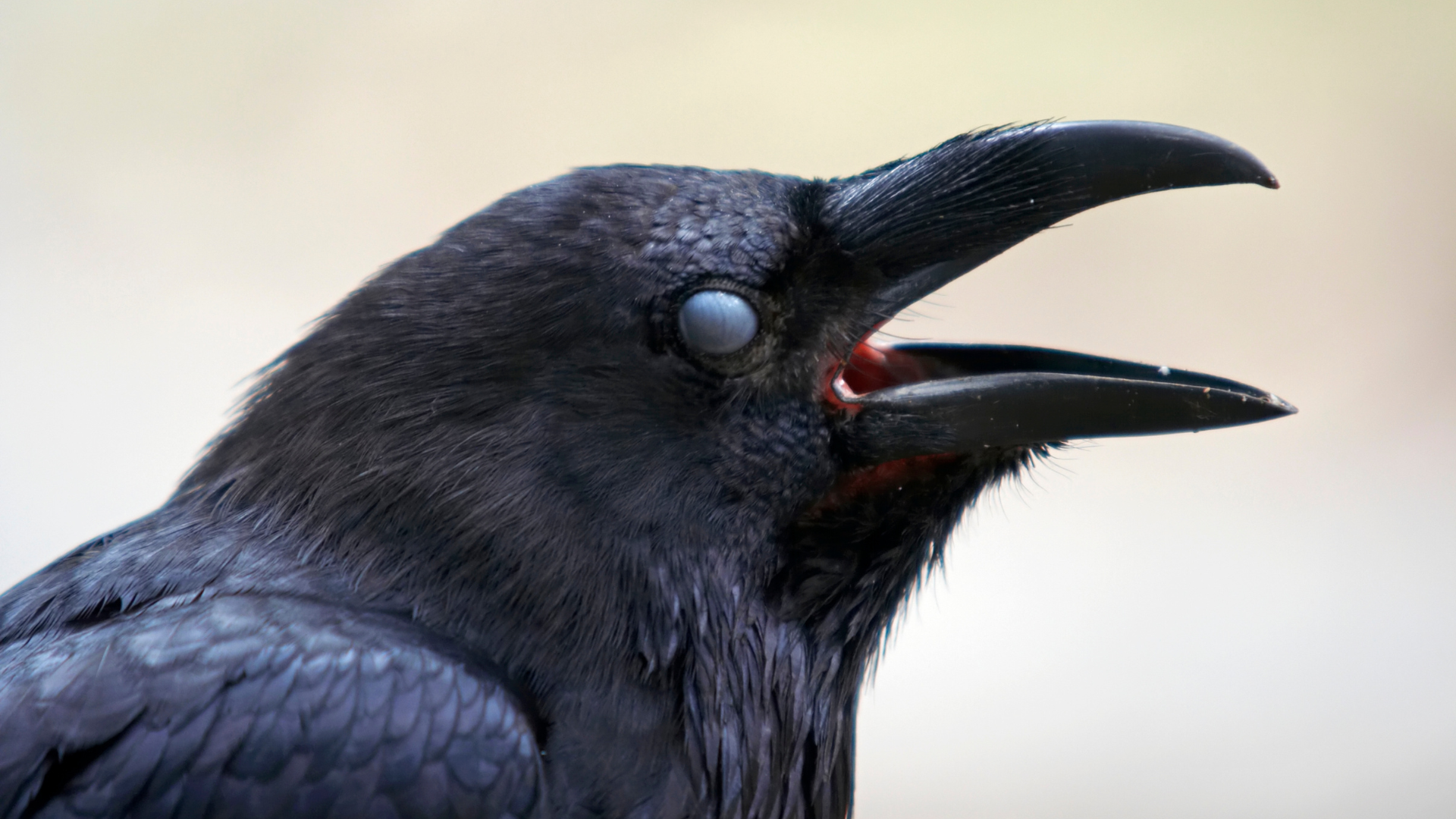The sulphur-crested cockatoo (Cacatua galerita) roams the forests and woodlands of Australia, New Guinea, and select Indonesian islands. This large white bird is instantly recognisable by its vivid yellow crest, which gives it a distinctive look. The bird is often seen in flocks and is a lively species that can sometimes become a nuisance due to its sheer numbers. Although its lively nature makes it a fascinating pet, its size and vocalisations can sometimes be a nuisance.
Description
Physical Appearance
Sulphur-crested cockatoos measure between 44 and 55 cm (17.5–21.5 in) in length. The Australian subspecies is typically larger than those from New Guinea and nearby islands. Their plumage is mostly white, with a yellow-tinged underwing and tail. They sport a bright yellow, expressive crest that adds to their striking appearance. Their bill is black, their legs are grey, and they have a whitish eye-ring. Males generally have darker eyes compared to females, who have reddish or brown eyes, though this is best seen in ideal lighting conditions.
Distinct Markings
Subspecies variations are subtle. C. g. fitzroyi lacks the yellow on the ear tufts and has slightly bluish skin around the eye. C. g. eleonora is smaller with broader crest feathers, while C. g. triton has a smaller bill. They are similar to corellas but are larger, with a prominent yellow crest compared to corellas’ pale bills. In captivity, confusion may arise with the smaller yellow-crested or blue-eyed cockatoos, which have different crest shapes and eye colours.
Habitat
Geographic Range
Sulphur-crested cockatoos are scattered across Australia, from the Kimberley region in the north to Tasmania in the south. They avoid the dry, sparsely vegetated inland areas, preferring the lush coastal and temperate woodlands. Urban environments also accommodate them well, with sightings common in city parks and residential areas in Adelaide, Melbourne, Canberra, Sydney, Brisbane, and Perth. In New Guinea, they populate most lowland regions and can also be found on nearby islands like Waigeo, Misool, and Aru.
Introduced populations have established themselves in places such as Perth, Singapore, Palau, New Zealand, Hawaii, and some Wallacean islands. The numbers vary from a few hundred to over a thousand depending on the location.
Preferred Environments
Sulphur-crested cockatoos flourish in wooded habitats, enjoying the dense foliage of tropical and subtropical rainforests. They also adapt well to urban settings, where they can often be seen in city parks and residential neighbourhoods.
Diet
Food Sources
Sulphur-crested cockatoos eat a varied diet that includes seeds, nuts, fruits, and roots. They use their strong beaks to crack open nuts and extract seeds from fruits.
Foraging
These birds forage primarily on the ground, searching for food with their keen eyes and occasionally engage in geophagy, consuming clay to help detoxify their food and aid digestion.
Behaviour
Vocalisations
Sulphur-crested cockatoos are known for their loud, raucous calls, which help them communicate over long distances in dense forest environments. These calls can be quite penetrating, adapting to their tropical and subtropical rainforests.
Intelligence
These birds exhibit impressive problem-solving skills. In urban areas, they have learned to open garbage bins to access food, showcasing their creativity. In captivity, some sulphur-crested cockatoos have even been observed dancing to music, displaying their ability to synchronise movements to a beat.
Breeding
Breeding is seasonal for sulphur-crested cockatoos in Australia. In southern regions, the breeding season runs from August to January, while in the north, it occurs from May to September. They nest in tree hollows, often competing with other cockatoos and bird species for suitable sites. A typical clutch consists of two to three eggs, with both parents involved in incubation and raising the young.
Flocking and Territoriality
When foraging on the ground, sulphur-crested cockatoos use high perches to keep watch for potential predators. This behaviour ensures the safety of the flock. They exhibit complex social structures and interactions, with high perches serving as lookout points to guard against threats while others feed.
Fun Facts
Longevity
Sulphur-crested cockatoos can live up to 70 years in captivity.
Notable Individuals
Fred, a remarkable cockatoo, lived to be 100 years old, while Cocky Bennett reached 100+ years, making them legendary in avian history.
Unique Behaviours
These birds can synchronise their movements to music beats, a rare skill among birds. They also use facial expressions, including feather movements, to convey their emotions, adding a personal touch to their interactions.
Similar Species
Corellas
Corellas are smaller than the sulphur-crested cockatoo and lack the distinctive yellow crest. Their bills are pale, making them easier to distinguish from the sulphur-crested cockatoo.
Yellow-Crested Cockatoo
The yellow-crested cockatoo is also smaller and has a different crest shape. Its eye-ring is darker compared to the sulphur-crested cockatoo, adding to the differences.
Blue-Eyed Cockatoo
The blue-eyed cockatoo features a different crest shape and a darker eye-ring color. These variations make it stand out from the sulphur-crested cockatoo, although the similarities in their overall appearance can cause confusion.
Human Interactions
Pest Status
Sulphur-crested cockatoos can be troublesome in some areas. In Australia, their large numbers often lead them to damage crops and property. They’re known to peck at fruits, vegetables, and even wooden structures. Such behaviours sometimes make them pests, leading to conflicts with farmers and homeowners.
Aviculture
These cockatoos are popular in aviculture, particularly the Eleonora and Triton subspecies. Their captivating looks and sharp minds make them intriguing pets. Yet, keeping these birds is not without its hurdles. Their loud vocalisations can be a source of disturbance, and they demand constant mental engagement. Without adequate care, they may exhibit aggressive tendencies.




